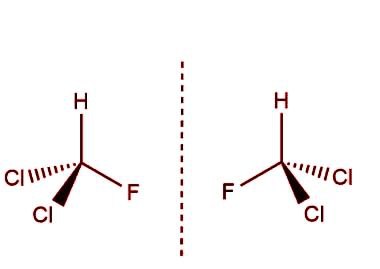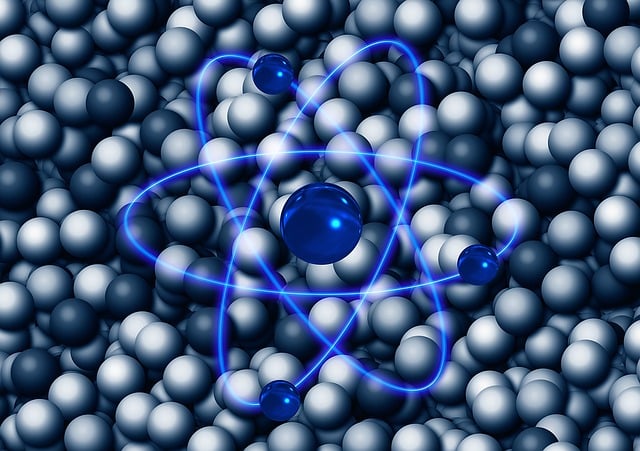Gluconeogenesis definition
Gluconeogenesis is the metabolic pathway that generates glucose from non-carbohydrate precursors such as amino acids, lactate, and glycerol. It is a vital process that occurs mainly in the liver and kidney and is used to maintain blood glucose levels in the body, especially during periods of low carbohydrate intake or high energy demand.
Gluconeogenesis is the reverse process of glycolysis, which is the breakdown of glucose to produce energy. In contrast, gluconeogenesis produces glucose from non-carbohydrate sources, such as pyruvate, lactate, and amino acids, and requires the investment of energy in the form of ATP. This process is regulated by hormones such as glucagon, cortisol, and growth hormone which stimulate the conversion of non-carbohydrates into glucose.
Steps of Gluconeogenesis
The steps of gluconeogenesis can be divided into three main phases:
1. Conversion of precursors:
During the first phase of gluconeogenesis, non-carbohydrate precursors such as lactate, pyruvate, and amino acids are converted into intermediates that can be used in the next phase. The specific conversions that occur depend on the precursor and can include:
Conversion of pyruvate to oxaloacetate: Pyruvate is converted to oxaloacetate by the enzyme pyruvate carboxylase. This reaction consumes one ATP and produces one molecule of CO2.
Conversion of lactate to pyruvate: Lactate is converted to pyruvate by the enzyme lactate dehydrogenase. This reaction consumes one NADH and produces one NAD+ and one pyruvate molecule.
Conversion of amino acids to intermediates: Some amino acids can be converted to intermediates such as pyruvate or alpha-ketoglutarate through a series of reactions. For example, alanine can be converted to pyruvate through the enzyme alanine transaminase and the intermediate alpha-ketoglutarate.
These conversions are not only important for gluconeogenesis, but also play a vital role in maintaining the balance of energy and nitrogen in the body, especially when the carbohydrate intake is low or the energy demand is high.
2. Synthesis of glucose-6-phosphate:
In the second phase of gluconeogenesis, the intermediates from the first phase are used to synthesize glucose-6-phosphate. This step involves several reactions and enzymes:
Conversion of oxaloacetate to phosphoenolpyruvate (PEP): Oxaloacetate is converted to PEP by the enzyme phosphoenolpyruvate carboxykinase (PEPCK). This reaction consumes one GTP and produces one PEP molecule.
Conversion of PEP to glucose-6-phosphate: PEP is converted to glucose-6-phosphate by the enzyme glucose-6-phosphate isomerase. This reaction interconverts PEP to glucose-6-phosphate, which is an important intermediate in the gluconeogenesis process.
Conversion of pyruvate to glucose-6-phosphate: Pyruvate can also be converted to glucose-6-phosphate by the enzyme pyruvate carboxylase. This reaction consumes one ATP and produces one glucose-6-phosphate molecule.
Conversion of alpha-ketoglutarate to glucose-6-phosphate: Alpha-ketoglutarate can also be converted to glucose-6-phosphate by the enzyme alpha-ketoglutarate carboxylase. This reaction consumes one ATP and produces one glucose-6-phosphate molecule.
3. Conversion of glucose-6-phosphate to glucose
The final step of gluconeogenesis is the conversion of glucose-6-phosphate to glucose. This process is catalyzed by the enzyme glucose-6-phosphate isomerase. This step completes the process of gluconeogenesis and produces a molecule of glucose that can be used for energy or stored in the liver and muscles as glycogen.
The specific steps of gluconeogenesis include:
- Conversion of pyruvate to phosphoenolpyruvate (PEP) by pyruvate carboxylase and a high-energy molecule.
- Conversion of PEP to glucose-6-phosphate by glucose-6-phosphatase, which uses a low-energy molecule.
- Conversion of lactate to pyruvate through the action of lactate dehydrogenase.
- Conversion of amino acids to intermediates such as pyruvate or alpha-ketoglutarate.
- Conversion of intermediates such as pyruvate or alpha-ketoglutarate to glucose-6-phosphate through a series of reactions such as the ones mentioned above.
It's worth noting that gluconeogenesis is a highly regulated process that requires the coordinated action of several enzymes and hormones. The steps of gluconeogenesis can vary depending on the specific precursors and conditions of the reaction.
Let me know if you have more questions or if there is a specific topic that you would like to know more about.





If you have any doubts, please let me know